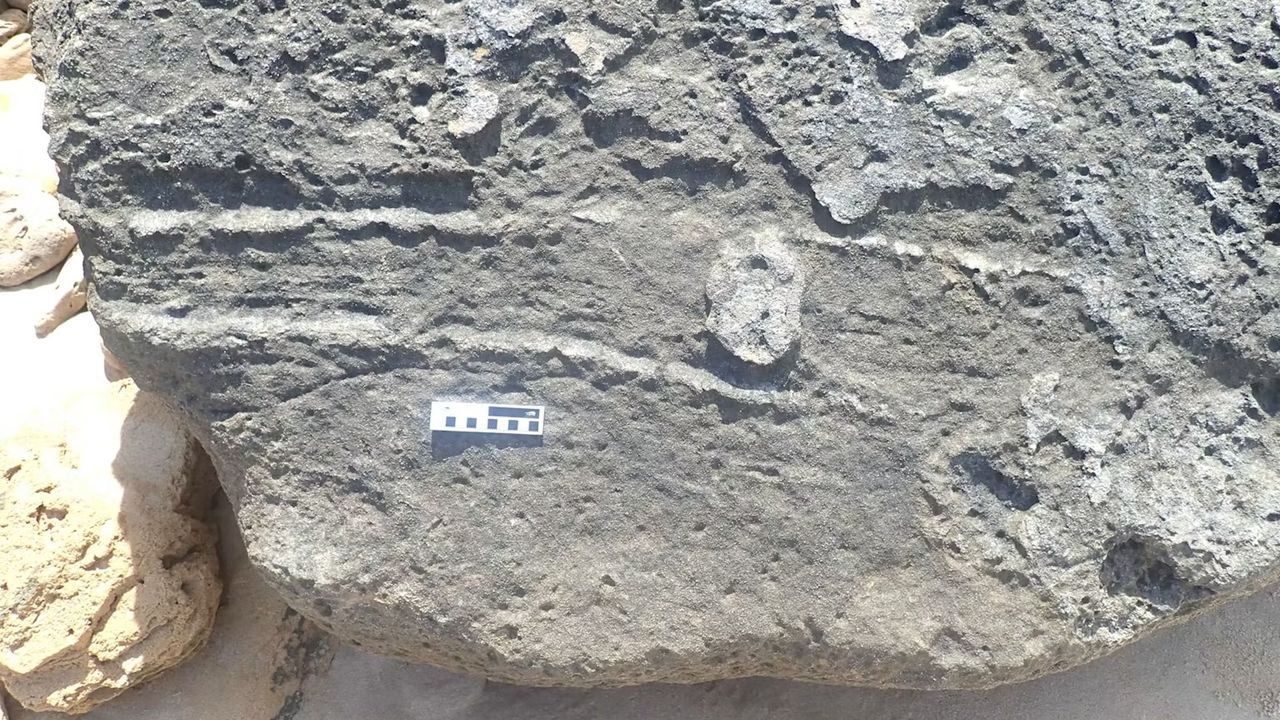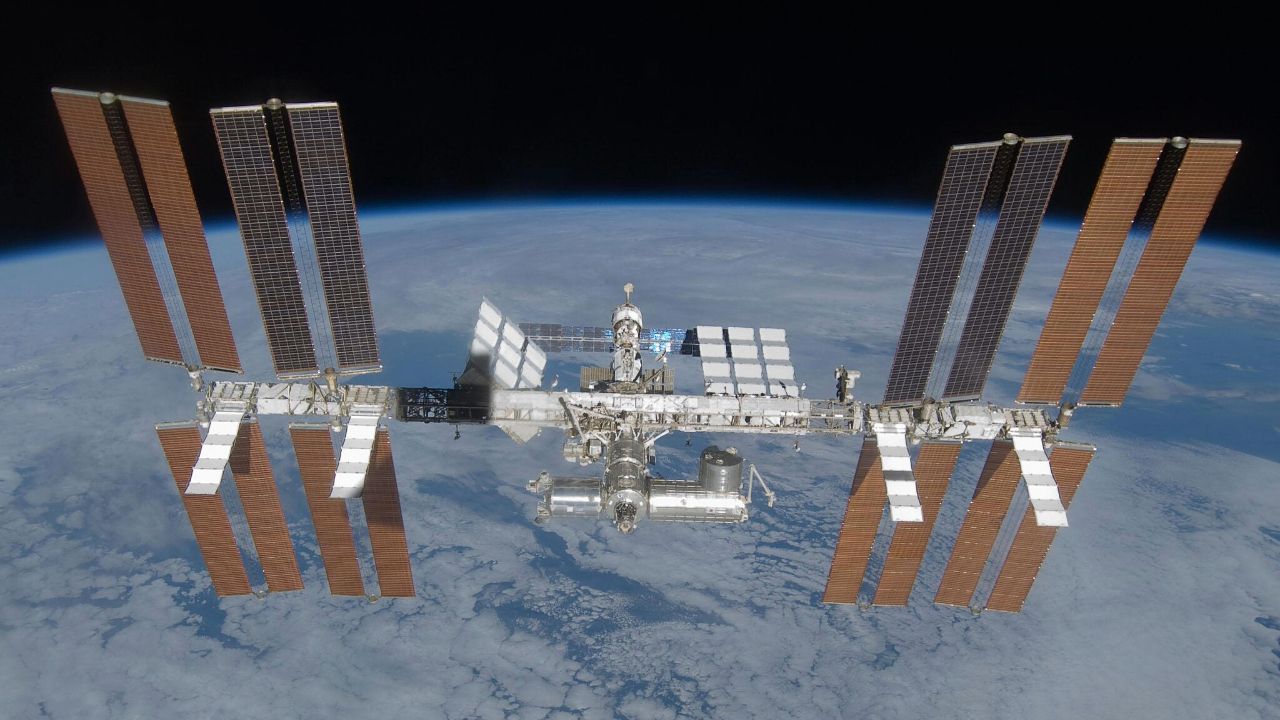The Bering Land Bridge has been submerged since the last ice age. Will scientists ever study it?
NeutralScience

The Bering Land Bridge, submerged since the last ice age, holds potential archaeological treasures from when humans migrated from Asia to Alaska. Scientists are curious about the evidence that may lie beneath the water, but the challenges of studying this underwater site raise questions about whether we will ever be able to explore it. Understanding this area could provide valuable insights into human history and migration patterns.
— Curated by the World Pulse Now AI Editorial System





